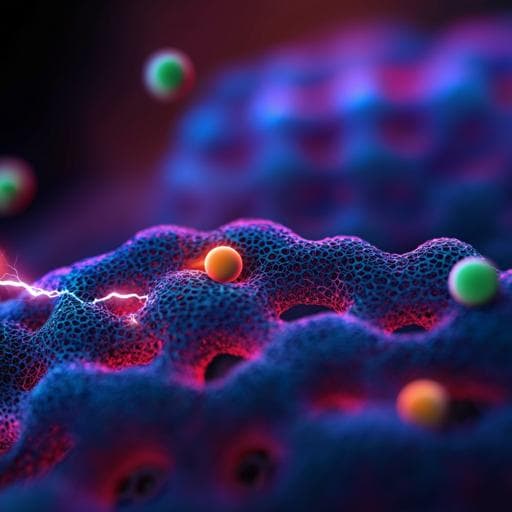
Engineering and Technology
Biodegradable, flexible silicon nanomembrane-based NOx gas sensor system with record-high performance for transient environmental monitors and medical implants
G. Ko, S. D. Han, et al.
Discover a groundbreaking biodegradable silicon-based electronic system designed to detect NO species with exceptional sensitivity and selectivity. This innovative research conducted by Gwan-Jin Ko, Soo Deok Han, Jeong-Ki Kim, Jia Zhu, Won Bae Han, Jinmook Chung, Seung Min Yang, Huanyu Cheng, Dong-Hwee Kim, Chong-Yun Kang, and Suk-Won Hwang showcases outstanding performance ideal for biomedical applications.
~3 min • Beginner • English
Related Publications
Explore these studies to deepen your understanding of the subject.







